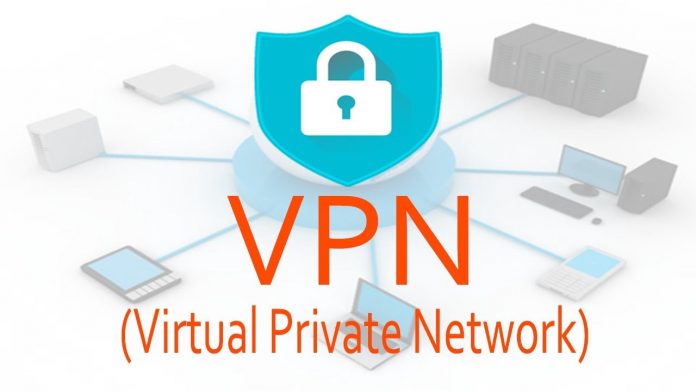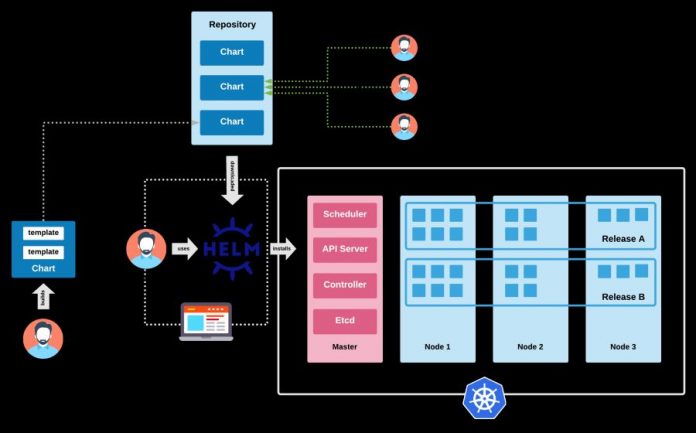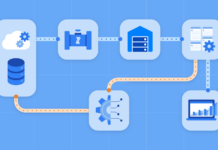There are several effective ways to protect against software development insider threats. Catastrophic insider threats, incidents, or breaches are possible in any company or IT sector. Typically, these dangerous threats stem from disgruntled former employees, corporate partners, or third-party contractors. Therefore, it is highly important for experienced software developers, such as yourself, to secure your organization’s custom software systems, networks, data, and user access protocols. This way, you can combat internal threats, inspire stakeholder confidence, and maintain a superior user experience (UX). To help you get started, read on to learn about how to protect against software development insider threats.
Develop A Sophisticated Termination Procedure

According to a Verizon Data Breach report, 34% of data hacks against companies were executed internally. And yet, another report found that 17% of sensitive data files were accessible to every employee. Since many attacks come from internal team members, it is crucial to establish a sophisticated employee termination procedure. These processes are pivotal to technologically, legally, and culturally distance yourself from former workers. Start by disabling employee accounts, logins, and shared passwords. Then, terminate virtual private networks (VPNs), remote desktop, and voicemail access. If you are note already using these solutions, you should first learn what is a VPN or remote desktop.
At this point, you should inform your other key staff members that the employee is leaving. Following these tactics, you can maintain compliance with employment laws, ensure transparency, and uphold disciplinary actions. Most importantly, these solutions will protect your solution from future unauthorized access or malicious attacks.
It’s also important to recognize the digital and behavioral signs that an employee might have ill intentions. For example, an employee who intends to use data in a malicious way might request sensitive data that isn’t pertinent to their job description, obtain large amounts of data, make attempts to bypass security, or frequent the office during off hours.
Set Up A Helm Repository

In addition, set up a Helm repository to protect your software development pipeline from insider threats. A Helm repository by JFrog provides you with advanced access control, privacy, and high availability.. In addition, take advantage of enterprise-ready repository management for your advanced Helm charts. This way, you can accelerate service deployments, optimize speed, and simplify configuration templates. At the same time, you can revolutionize testing, which is key to prevent internal catastrophic corporate emergencies. Indeed, integrating a Helm repository is an excellent resource to protect against software development insider threats.
Employ Threat Modeling
Next, employ sophisticated threat modeling techniques to better protect your software pipeline. Threat modeling is the process of implementing activities that hone in on security vulnerabilities and seek to improve them. Identify who would potentially want to attack your software systems, networks, or databases. Then, uncover where you must vulnerable digital assets currently lie. This way, you can better understand potential threats, malicious actors, and dangerous vulnerabilities.
Once you have gathered this information, begin mapping out your potential insider threat exposure. Leveraging this approach, you can visualize pipeline attacks, identify potential issues, and monitor highly-exposed areas. Definitely, employ threat modeling techniques to secure your system from dangerous software insider threats.
Implement Security Awareness Training

At this point, it is time to implement security awareness training across your team. After all, simple accidents are often a major cause of serious insider incidents. Security awareness courses educate employees on the best practices for access control, password management, and data loss prevention. You can even sign your team up for advanced courses with phishing simulations and data breach discovery exercises. Partaking in these classes, you can build a security-focused culture, empower your team, and protect your most sensitive assets. Of course, this is important to prevent downtime and keep everyone on the same page.
Ultimately, security awareness training prevents your team from unintentionally inviting malicious software into the company. For example, training them with proper techniques that help them identify phishing attempts is a defensive way to avoid those types of vulnerabilities before they can occur. Phishing attempts are so popular and successful because they prey on employees’ ability to make mistakes.
For example, the Scoular Company, a commodities trading firm, fell victim to a spear phishing scam, where hackers pretended to be executives at the company and instructed employees to wire funds. These hacking attempts are highly sophisticated; in this case, hackers referenced real accounting firms, making the recipient believe that the emails were coming from legit accounts. However, the emails they were coming only resembled real CEO emails; had the employees taken a closer look, they would have recognized the slight differences in spelling.
Enable Facility Surveillance
Now, you are ready to enable facility surveillance in your company’s software development office. Monitor all critical spaces in your building, such as server rooms and central workstations. Use video cameras equipped with push notifications, motion sensors, and night vision. Also, use screen-recording technology on all high-level devices, networks, and servers. This way, you can discourage malicious employee acts, monitor activity, and provide criminal evidence. At the same time, these tactics help you maximize work safety, as well as developer productivity. Certainly, enabling facility-wide surveillance is highly-important to protect your system against insider threats.
There are plenty of unique ways to protect against dangerous software development insider threats. First and foremost, develop a sophisticated termination procedures to professionally let employees go. This way, you can prohibit employees from attacking your systems again in the future. In addition, set up a Helm repository by JFrog to maximize privacy, availability, and access control. This way, you can standardize testing, streamline deployments, and simplify configuration templates. Next, employ sophisticated techniques for threat modeling. At this point, it is time to implement team-wide security awareness training. Now, you are ready to equip your facility with security solutions, including cameras and screen capture technology. Naturally, this allows you to run a professional, productive, and safe workplace. In fact, this may even make your employees feel more comfortable working in your office, especially at night. Follow the points highlighted above to learn about how to protect against software development insider threats.









